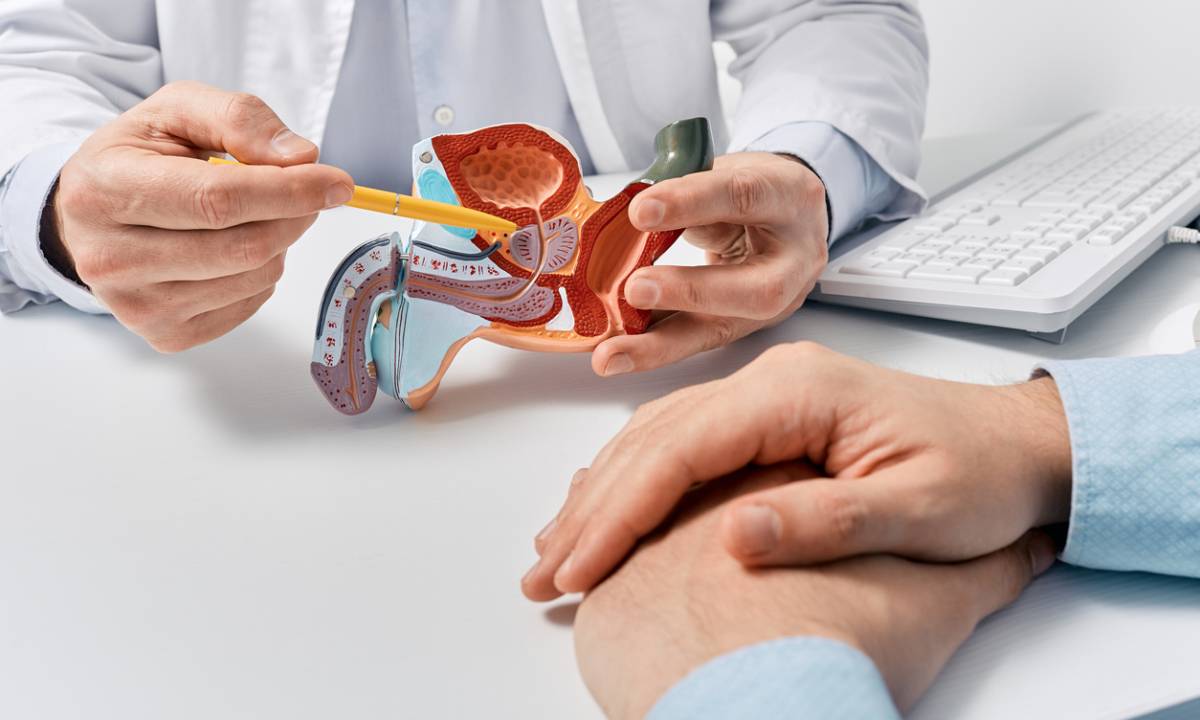By Anthony T., as told to Dr. Patricia Varacallo, DO
I consider myself fortunate. I’ve got a great primary care doctor who’s been vigilant about getting me screened for prostate cancer, especially given my family history. My dad died from the disease 24 years ago, and although it’s a tough subject, my doctor kept stressing the importance of early detection.
So I started getting my PSA levels checked in my late forties. All seemed well until my check-up in August 2021, when I turned 56. That’s when my doctor called to say my PSA was slightly elevated—just above four, when national guidelines have historically suggested a level of four or under is considered “normal.†My doctor suggested we should retest in a few months.
With my travel schedule for work, the follow-up bloodwork got away from me a little. By the time I got around to it that December, my PSA had jumped to almost seven.
I was stunned.
My doctor referred me to a local urologist, where I underwent an MRI and a biopsy. After gathering 15 prostate tissue samples—not a fun process for any prostate patient—in my case, every single one came back positive.
The experience during the procedure was far from comfortable, and I didn’t feel quite right about the care I was receiving. I decided to seek a second opinion at Mount Sinai.
My treatment for prostate cancer
To be honest, the thought of treatment scared me. The complications my father experienced from his prostate surgery weighed heavily on my mind, and I feared facing similar issues, but I learned that medical technology has come a long way.
My doctor explained that I had high-grade prostate cancer with a Gleason score of nine, which assesses the aggressiveness of prostate cancer based on microscopic appearance. This indicated that I had a more aggressive but localized cancer.
Given my age and family history, my doctor thoroughly reviewed all treatment options and recommended a robotic-assisted laparoscopic prostatectomy to remove my prostate. By February 2022, six months after that first mildly concerning blood test, I was set for surgery.
Despite my worries, I found comfort in knowing that recent medical advancements were on my side and that I was in capable hands. The surgery was successful, and afterward, my primary concern was the potential side effects, such as incontinence and erectile dysfunction.
My doctor remained optimistic about this and discussed options, like penile rehabilitation, that could manage these issues if they arose. Further, I received a prescription for Cialis to help maintain blood flow to the penis. This is crucial as prolonged lack of blood flow can damage the muscles and tissues, affecting the ability to achieve erections independently.


